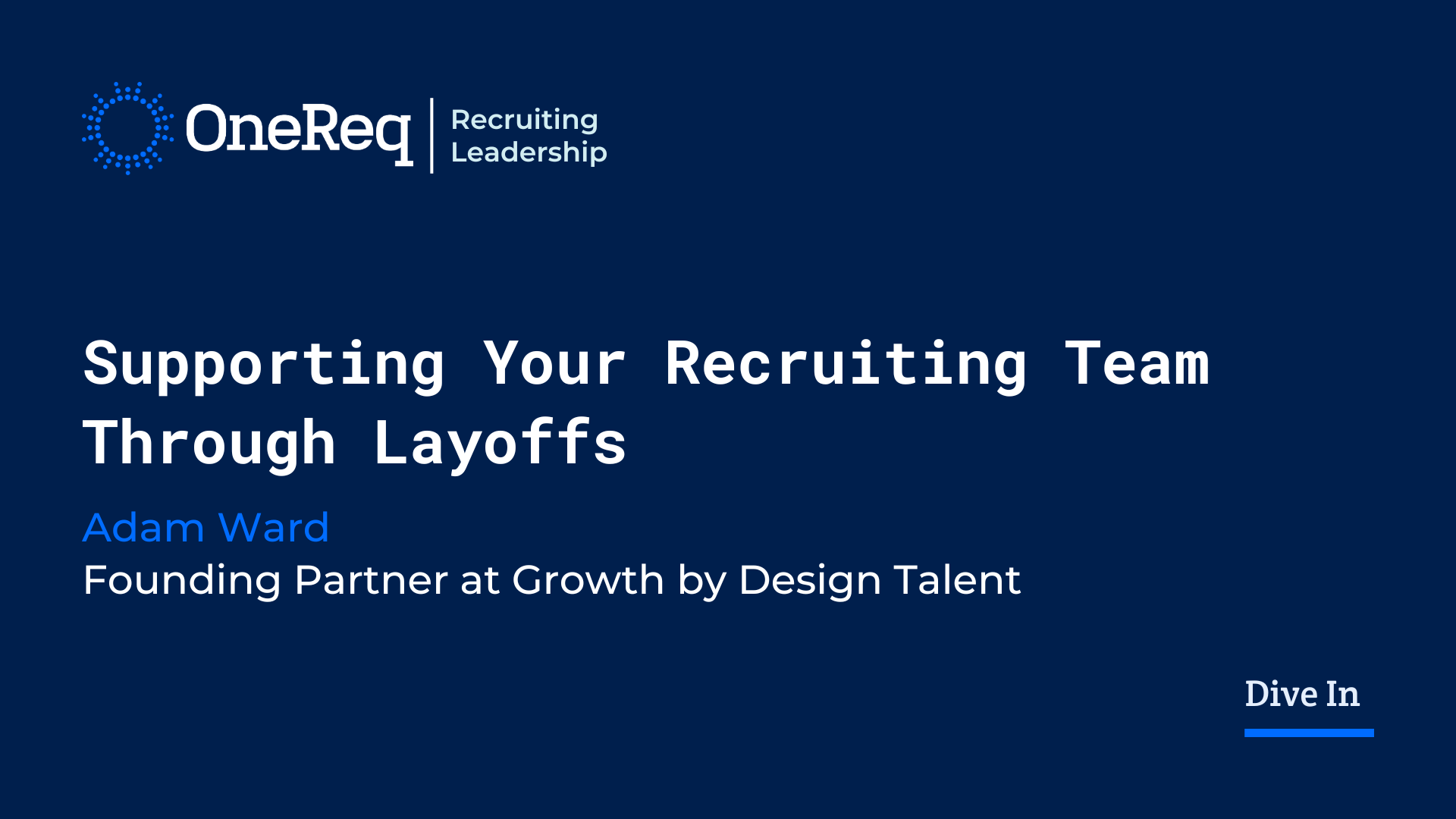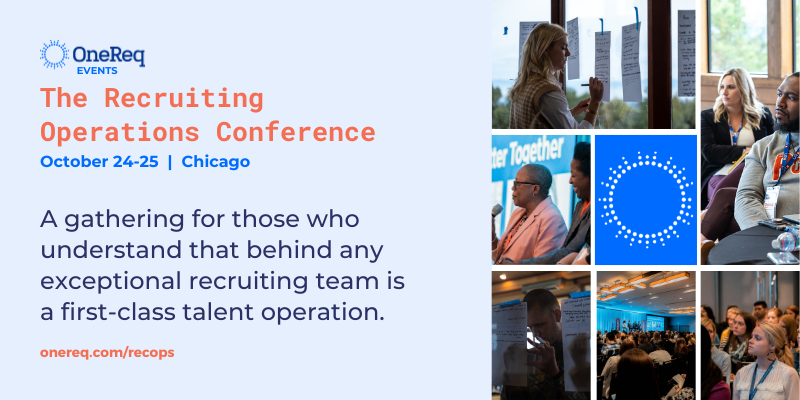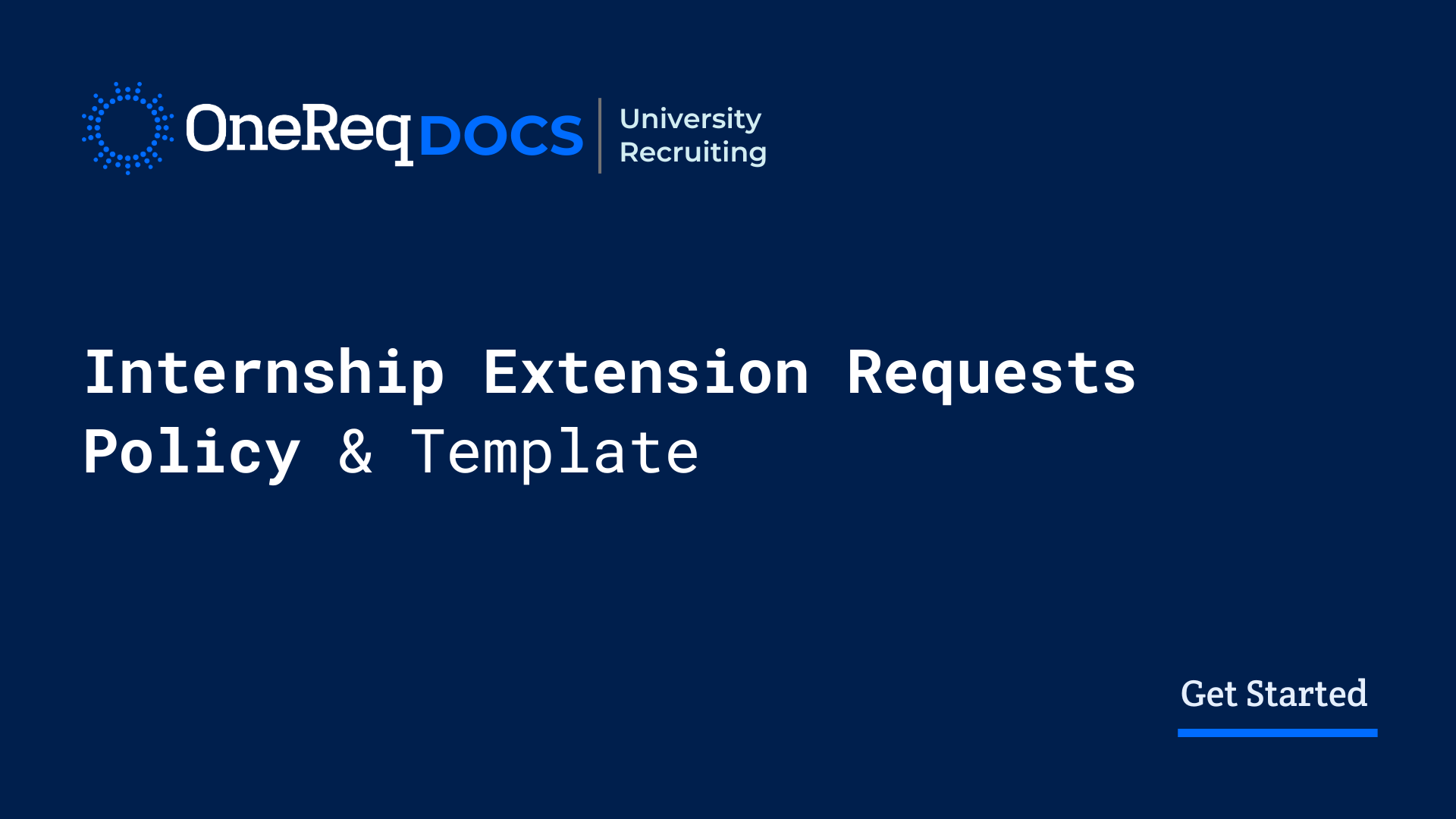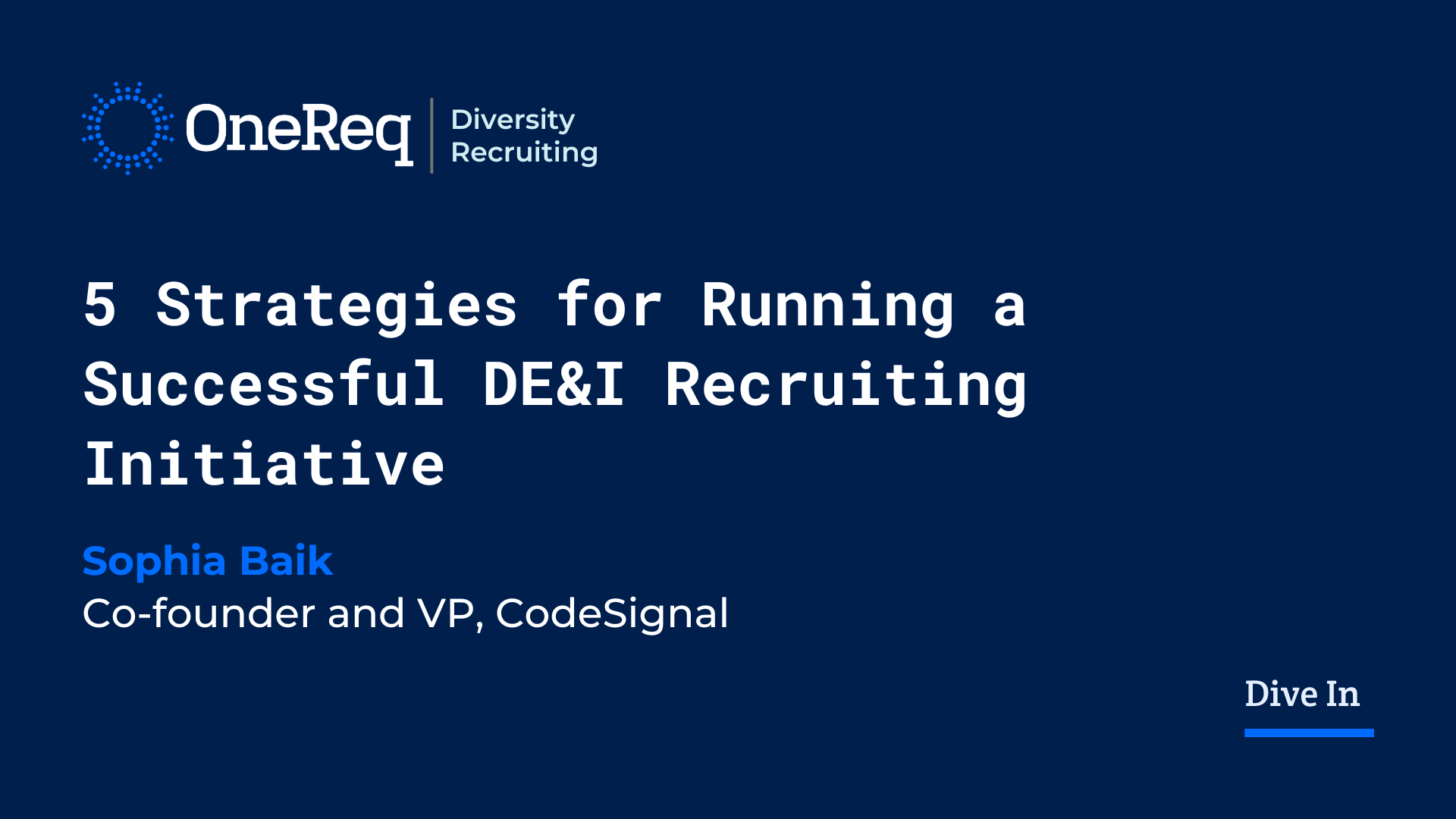By: Adam Ward, Founding Partner at Growth by Design Talent
Leading through change is one of the concepts we talk about in our Leading High Performing Recruiting Teams course as a part of our Recruiting Leadership Academy. Lately, one of the changes that many people in our community are facing is the need to reduce the size of their team. This is especially painful given the nature of the market for recruiters over the last year and how hard they worked to expand their teams.
There are a lot of resources out there on how to perform a layoff with intention and empathy, but not many focused on how to support and lead the team that remains. Here are our suggestions:
Allow for mourning, but look to pivot the team forward
Recruiting teams are close knit by nature, sometimes reminiscent of meerkats in all the best ways! So when members of their pack are impacted, there will naturally be a period of mourning and even feelings of survivor’s guilt. It is OK to give the team time to feel empathy and sadness for their teammates. Give them the space and even encourage them to reach out to those who have left, to provide support and comfort. At the same time, too much time in this mourning phase can be unproductive for the engagement and emotional health of the team that remains.
An example timeline might look like this:
Week 1
- Day 1: the team is notified and impacted individuals exit. Host office hours and just listen.
- Day 2: encourage the remaining team to take time off to process and reach out to the impacted team members. Allow recruiters to do what they do best — use their networks (LinkedIn and Slack communities) to connect impacted teammates to job opportunities and share useful resources like the ones that Canva and Teal created.
- Day 3: schedule a team meeting to regroup the team around the goals and objectives going forward while acknowledging the things you will collectively continue to do to support those impacted.
Week 2
- Acknowledge the changes everyone is still processing and the support you will collectively continue to give to those impacted.
- Refocus the team on what is ahead and how the work will get done. Your goal is to try to create as much safety as you can without over promising.
- Share the conversations that you are taking part in with leaders and the business metrics you are paying attention to that might impact hiring plans.
- Make the commitment to your team to share everything you can, even if there are “no update” updates to provide.
- Consider another set of office hours for those who might be still struggling with the changes.
It is worth mentioning that not all companies handle this well. For example, not including their managers in the decision making process of who is impacted or employees suddenly losing access without notice. Even in these cases, you can still have empathy and care for your team.
Creating the balance for your team between supporting their teammates and turning their focus to the challenges ahead will help you navigate this tough situation.
Communicating with the exec team
It is more common than not that the recruiting team sees disproportionate cuts and often ones that go too deep — leaving the team understaffed for the work that remains. So how do you communicate with the leadership team in this paradigm?
- Remove the emotion. It is easier said than done. Where you can, try to focus the conversation on the impact to the business goals, present solutions, and share where you might need support from the business to stay on track.
- Use trade offs as a way to frame decisions. Leaders like options to choose from. For example, is it better to focus recruiting resources on specific roles to make faster progress on a limited number of roles or keep support across teams? It can be a series of if/then statements: “If we focus on all of these roles, then I think time to fill will go from x to y” or “if we do have layoffs, then we can also expect higher attrition rates and overall impact to our brand.”
- Prioritization will be key. Look at creating varying levels of recruiting support for roles that are identified as P0, P1 and so on. You can lead the conversation by clearly communicating what the new capacity of your team allows you to be able to handle. Amidst downsizing, often roles and orgs are shifting or consolidating. Get clarity on whether the recruiting team will be helping with internal transfers or new role scoping.
- Frame the impact. In pragmatic terms, you want to communicate the impact that a RIF can have on your company’s talent brand and overall candidate experience. There may be cases where candidates were working with a recruiter who is no longer with the company.
Downsizing is THE WORST and something none of us want to go through.
There are no two ways about it, downsizing is THE WORST and something none of us want to go through. However, it is moments like these that you will grow more as a leader than when the wind is at your back. Within the situation there are a few positives to glean:
- It creates opportunities for others on the team to step up, stretch, and lean into new roles.
- It gives you the chance to reimagine org structure, tech stack, process with less hiring.
- It challenges your team to use their creativity and resourcefulness to find ways to simplify, redesign, and start/stop some things.
In the end, you cannot lead through this change if you are not in a good place to do so. Find your OWN release valve: another peer talent leader to check in with, a strong leader in the business, a mentor and/or the GBD community, so that you aren’t absorbing an entire team’s worth of stress. Give yourself the grace to share things that aren’t appropriate for your team but with someone else that understands and can offer YOU the advice and encouragement to weather this storm and continue to grow as a leader.
About the Author
Adam Ward is the Co-Founder and Partner of GBD Talent. Growth by Design Talent is a Recruiting Strategy and Services company, specializing in helping companies achieve growth with quality through a thoughtfully designed approach. We advise on recruiting foundations, place top talent through retained search, and provide recruiting leadership training and development. We’re passionate about building inclusive teams, sustainable recruiting cultures, operations for scale, and iconic employer brands.
Thanks to Jill Macri & Mike Joyner for contributing to this post.





